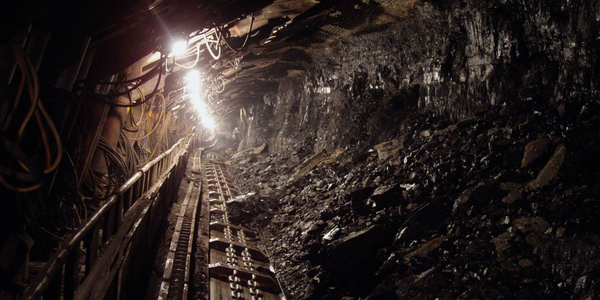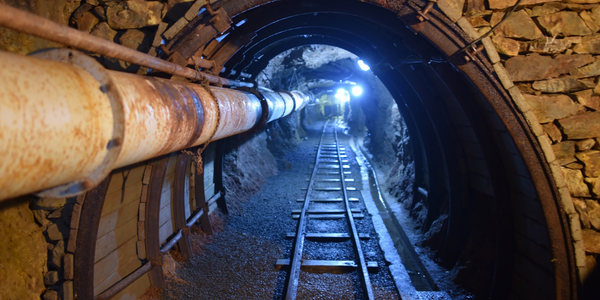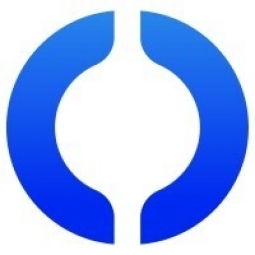Technology Category
- Functional Applications - Inventory Management Systems
- Functional Applications - Warehouse Management Systems (WMS)
Applicable Industries
- Mining
Applicable Functions
- Warehouse & Inventory Management
Use Cases
- Inventory Management
- Predictive Replenishment
Services
- System Integration
About The Customer
Dingo Australia is a well-established company based in Dalby, employing 62 people across Australia. Since its inception in 1992, the company has built a strong reputation as the top manufacturer and supplier of Australia’s most unique earthmoving machines and attachments, suitable for a variety of jobs. Over the past two decades, Dingo Australia has manufactured over 8000 machines and boasts a portfolio of more than 60 different attachments. Their machines are the preferred choice for landscapers, contractors, and those in the hire industry. Recently, they have also started branching into the mining sector.
The Challenge
Dingo Australia, a leading manufacturer and supplier of unique earthmoving machines and attachments, faced a significant challenge in managing its inventory, warehouse distribution, and manufacturing processes. As a company that operates not only as a manufacturer but also as a distributor of whole goods and spare parts across multiple branches in Australia, it was crucial for them to find a solution that could integrate all these components into a single, user-friendly system. Additionally, they needed a cost-effective financial package to replace their existing software, which also contained their financial requirements. The new financial system had to be user-friendly and capable of meeting their specific needs.
The Solution
Dingo Australia chose to implement Fishbowl software, a decision that was not taken lightly given the need to move away from their existing ERP software. The company's experience with Fishbowl began with a personal introduction by the Fishbowl Founder in Australia, Simon Jupe. Despite initial teething problems, Dingo Australia received support at every step of the way. The Fishbowl software, which supports the user-friendly Reckon Accounts, was instrumental in their decision as it ensured their needs would be met by using the two systems in unison, facilitating a smooth transition. Fishbowl's commitment to continually update their software in response to customer needs and situations was another key factor in Dingo Australia's decision.
Operational Impact

Case Study missing?
Start adding your own!
Register with your work email and create a new case study profile for your business.
Related Case Studies.

Case Study
Underground Mining Safety
The goal was to produce a safety system to monitor and support underground mining operations; existing systems were either too simple (i.e. phone line) or overly complex and expensive, inhibiting deployment, and providing little-to-no support in event of an accident. Given the dangerous nature of the mining work environment and the strict regulations placed on the industry, the solution would have to comply with Mine Safety and Health Administration (MSHA) regulations. Yet the product needed to allow for simple deployment to truly be a groundbreaking solution - increasing miner safety and changing daily operations for the better.

Case Study
Mining Firm Quadruples Production, with Internet of Everything
Dundee Precious Metal’s flagship mine, in Chelopech, Bulgaria, produces a gold, copper, and silver concentrate set a goal to increase production by 30%. Dundee wanted to increase production quality and output without increasing headcount and resources, improve miner safety, and minimize cost.

Case Study
Fastenal Builds the Future of Manufacturing with MachineMetrics
Fastenal's objective was to better understand their machine downtime, utilization, quality issues, and to embrace cutting-edge manufacturing technology/process improvement capabilities to bring their team to the next level. However, there was a lack of real-time data, visualization, and actionable insights made this transition impossible.

Case Study
Joy Mining Systems
Joy equipment faces many challenges. The first is machine integration and control. The business end of the machine has a rapidly-spinning cylinder with 6-inch diamond-studded cutting teeth. It chews through rock at rates measured in tens of tons per minute. The system grinds through the rock in front, creating a rectangular mine tunnel. Hydraulic lifters support the ceiling as the machine moves forward. Automated drills and screws drive 3-ft long screws into the ceiling to stabilize it. The rock and coal fall into a set of gathering "fingers" below the cutting cylinder. These fingers scoop up the rock and coal and deposit it onto a conveyor belt. The conveyor passes under the machine and out the back. A train of conveyor belt cars, up to a mile long, follows the cutter into the mine. The rock shoots along this train at over 400 feet per minute until it empties into rail cars at the end. Current systems place an operator cage next to the cutter. Choking dust (potentially explosive), the risk of collapse and the proximity of metal and rock mayhem make the operator cage a hazardous location.

Case Study
Improved Monitoring in Industrial Manufacturing Facility
When your crane is moving tons of magma-hot iron, you can’t afford an unexpected failure. McWane Ductile knew monitoring the crane motor metrics within their facility could help prevent a mechanical failure that would strand an enormous bucket of molten metal overhead. Unfortunately, their legacy wired monitoring system couldn’t work with moving objects in this extreme environment. If they could integrate wireless capabilities into their existing equipment they could extend their monitoring capabilities without starting over from scratch.








